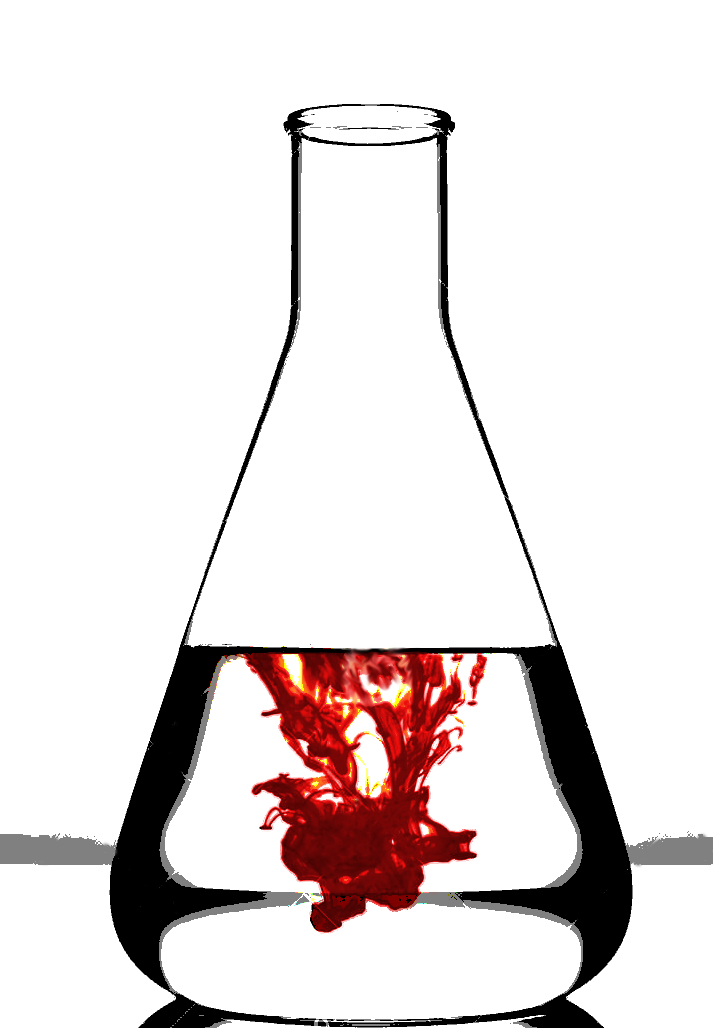'Mad cow' donor risk studied
 Evidence suggests there is virtually zero risk of ‘mad cow’ from blood donation in Australia.
Evidence suggests there is virtually zero risk of ‘mad cow’ from blood donation in Australia.
From today, people who were in the UK in the 1980s and 90s will be eligible to donate blood in Australia, based on new research from the Kirby Institute at UNSW Sydney and Australian Red Cross Lifeblood that shows extremely low risk of transmission through blood transfusion of variant Creutzfeldt–Jakob disease (vCJD), a serious and usually fatal brain disease.
The research adds to a growing body of evidence showing that the risk of acquiring ‘mad cow disease’, or vCJD, from a blood transfusion is virtually zero.
Australia will be the second country after Ireland to remove the deferral, and the United States is set to become the third.
According to the Australian research, the removal of the donation deferral for people who spent six months or more in the UK between 1980-1996 poses minimal additional risk of vCJD from blood transfusion.
It will make an estimated additional 750,000 people eligible to donate blood in Australia, resulting in an estimated 58,000 additional donations annually.
Using a mathematical model developed by the United States Food and Drug Administration (FDA) and adapted for Australia using Australian Bureau of Statistics and Australian Red Cross Lifeblood data, researchers have estimated the risk associated with removing the restrictions.
“We found that the risk of acquiring vCJD from a blood transfusion in Australia is currently approximately 1 in 1.4 billion, and it will become even smaller over time,” says the Kirby Institute’s Dr Hamish McManus, who coordinated the risk modelling in the research.
“Our modelled projections show that removal of the UK residence deferral is a safe and effective strategy for providing a much-needed boost to the pool of eligible donors, as the potential risk of doing so is extremely low.”
The decision by a number of countries, including Australia, to ban donations from people who had been in the UK for at least 6 months in the 1980s and 90s was made more than 20 years ago, after evidence emerged that vCJD could be transmitted through blood transfusion.
The disease had arisen in the UK through consumption of beef at a time when herds were heavily affected by ‘mad cow disease’, which is the animal version of vCJD.
But since the peak of the vCJD epidemic in 2000, when 28 deaths occurred in the UK, there has been a rapid decline in recorded vCJD cases, with only two cases worldwide since 2015.
More details are accessible here.








 Print
Print